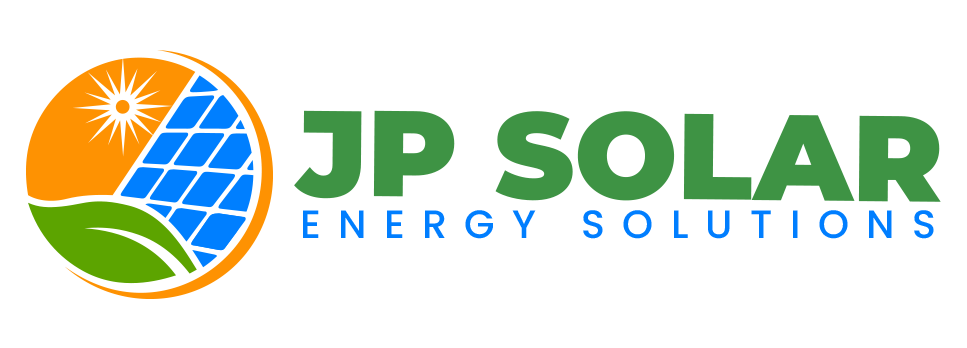

Mon - Sat 8:00am - 8:00pm

In the field of renewable energy, residential solar roofs are becoming more and more popular since they enable homeowners to capture solar radiation and turn it into electricity. Solar roofs have several financial and environmental advantages in addition to lowering dependency on traditional energy sources. We will go over the definition of residential solar roofs, their functions, advantages, pricing, installation procedures, and important factors to take into account as homeowners in this tutorial.
Installing solar panels on residential rooftops allows them to harness the power of the sun to produce electricity.
A residential solar roof integrates solar panels directly onto a home’s rooftop to capture sunlight and convert it into electricity. There are two common approaches:
Traditional Solar Panels: Mounted on top of existing roofs, these are the most commonly installed type of residential solar system.
Solar Roof Tiles: A more innovative option where solar cells are built directly into the roofing material, blending with the home’s aesthetic.
Both systems generate electricity, which can be used in the home, stored in batteries, or fed back into the power grid.
Energy Savings: One of the most significant benefits is a reduction in electricity bills. By generating your own electricity, you can offset the cost of purchasing power from the grid, potentially saving thousands over the lifespan of the system.
Environmental Impact: Solar energy is clean and renewable, meaning it doesn’t contribute to air pollution or greenhouse gas emissions. A solar-powered home reduces the homeowner’s carbon footprint significantly.
Increased Home Value: Installing solar panels or solar tiles can boost the resale value of a home. Energy-efficient homes are in high demand as utility prices rise, and potential buyers often see solar as a valuable asset.
Energy Independence: Solar energy allows homeowners to become less dependent on traditional power companies. In regions with fluctuating electricity prices, generating your own power provides long-term cost stability.
Low Maintenance: Solar roofs require minimal upkeep, with solar panels lasting 25-30 years and needing only periodic cleaning to maintain efficiency.
Battery Backup and Grid Protection: When paired with a home battery system, solar roofs provide backup power during grid outages, ensuring continuous electricity during emergencies.